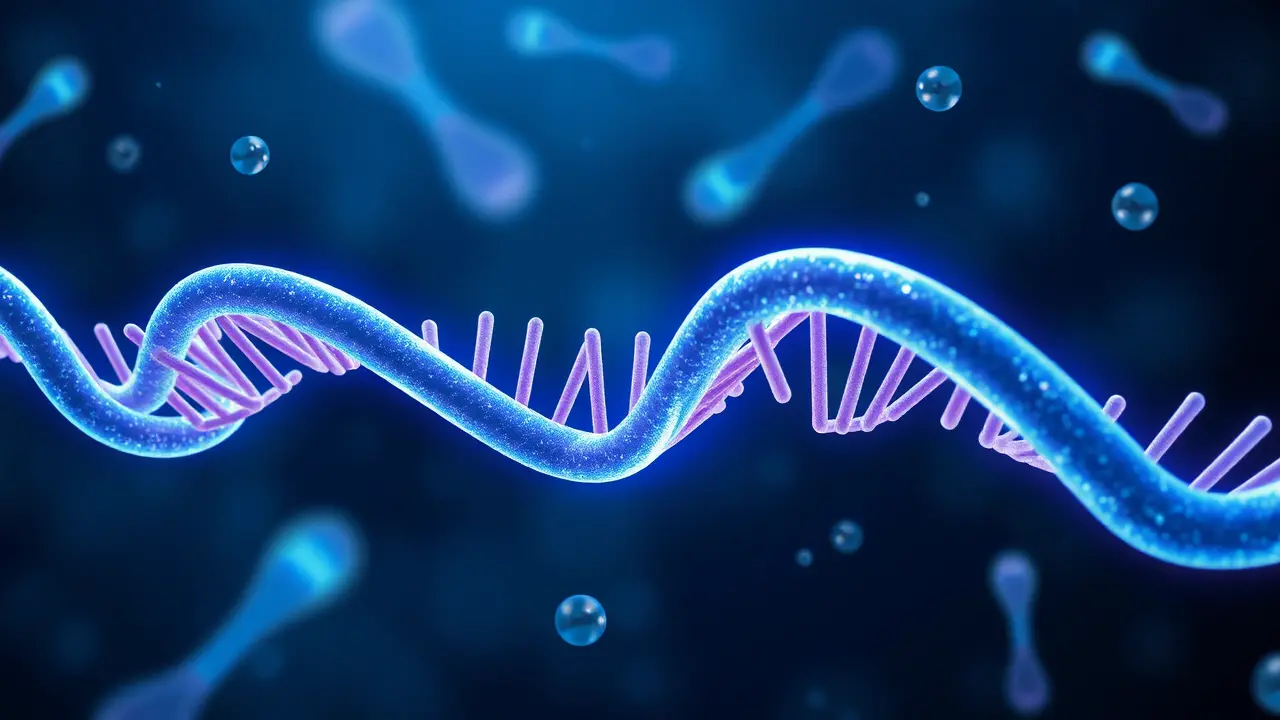Sperm From Older Men Have More Genetic Mutations
The ticking of the biological clock is a conversation traditionally reserved for women, but a quiet revolution in our understanding of human genetics is fundamentally shifting that narrative, placing a new and urgent focus on paternal age. The recent confirmation that sperm from older men carry a significantly higher burden of genetic mutations isn't just a footnote in a medical journal; it's a paradigm-shifting discovery with profound implications for the future of human health and procreation.Think of it not as a simple aging process, but as a form of cellular copy-and-paste fatigue. Every time a man's stem cells divide to create new sperm throughout his life—a process occurring approximately 23 times a year—the machinery responsible for replicating his 3-billion-letter genetic code is prone to introducing tiny errors.While our bodies possess sophisticated proofreading mechanisms, they are not infallible. Over decades, these minute, uncorrected typos accumulate, creating what scientists term the 'paternal age effect.' This isn't merely a statistical curiosity; it translates directly into a quantifiably elevated risk of transmitting de novo, or 'new,' mutations to offspring. These are genetic changes not present in either parent's original blueprint but arise spontaneously in the germline.The consequences are far-reaching, with robust epidemiological studies linking advanced paternal age to a higher incidence of a spectrum of conditions in children, including autism spectrum disorder, schizophrenia, and a range of rare congenital syndromes like Apert and Crouzon syndromes, which are almost exclusively driven by such paternal mutations. This research, built upon powerful next-generation sequencing technologies that allow us to read the human genome with unprecedented clarity, moves beyond correlation to causation.It paints a clear picture: a 20-year-old father might pass on approximately 25 de novo mutations, while a 40-year-old father passes on around 65, a near-tripling of the mutational load. This is the hard, quantifiable data that prospective parents and policymakers can no longer ignore.The implications ripple outward, challenging societal norms and personal family planning timelines. As trends in many developed nations show men are having children later in life, the public health footprint of this phenomenon is expanding.This isn't about inducing panic or assigning blame; it's about empowering individuals with knowledge. It brings a new dimension to pre-conception counseling, suggesting that paternal age deserves the same weighty consideration as maternal age.Furthermore, it opens exciting frontiers in reproductive medicine. For couples utilizing assisted reproductive technologies like IVF, could we one day implement advanced genetic screening of sperm to select for those with the lowest mutational burden? The ethical and practical dimensions of such a possibility are vast and require careful navigation.This discovery also forces a re-evaluation of our evolutionary trajectory. Some of these mutations are the raw material for evolution, but in our modern, medically advanced world, many represent a net burden on health.The work of researchers in this field is not just diagnostic; it is predictive and preventative. By understanding the molecular mechanisms behind this accumulation—from oxidative stress to declining DNA repair efficiency—we can begin to explore potential interventions.The future of family planning is becoming increasingly precise, moving from calendar-based decisions to ones informed by deep biological data. This is the new landscape of human reproduction, where the legacy we pass on is written not just in our genes, but in the age-dependent fidelity with which they are copied.
QU
QuietCoffee4 hours ago
interesting how the focus is shifting tbh, makes you think about all the variables involved in having kids
0
GE
GenePoolGuy4 hours ago
wow so my dad having me at 45 was basically a genetic dice roll, no wonder i can't parallel park
0
GE
GeneSleuth426 hours ago
wait what if this is why so many superhero origin stories involve older dads 👀 just saying the timeline fits
0
© 2025 Outpoll Service LTD. All rights reserved.
